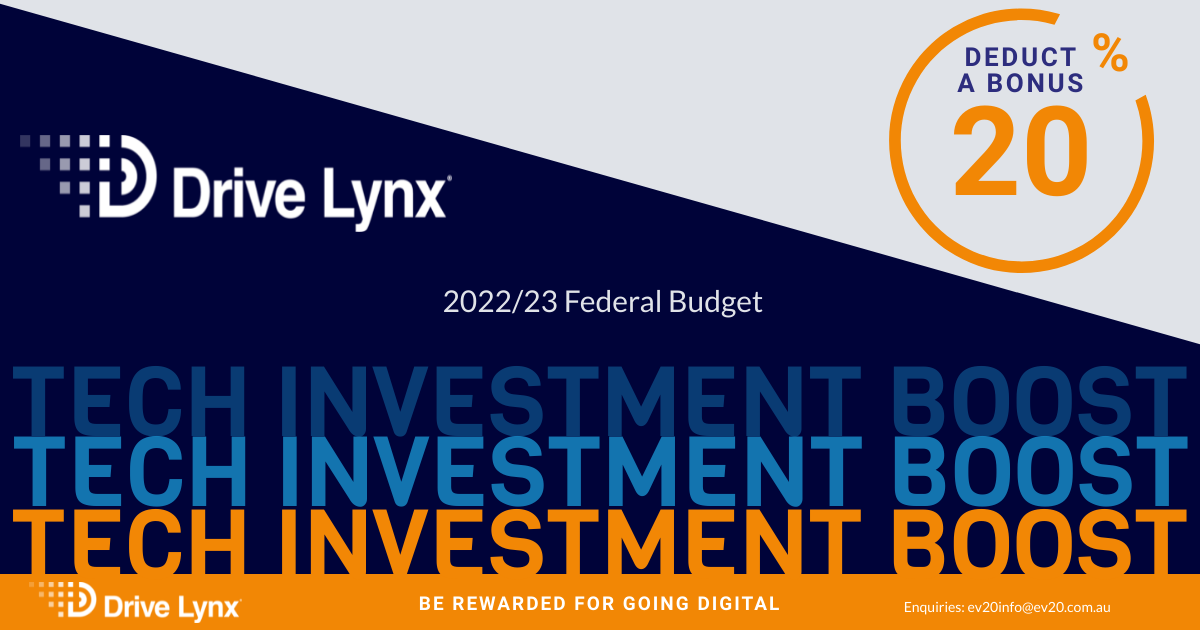By EV20 Consulting Group
Australian Constructors Association (ACA) says major public infrastructure activity is expected to reach $52 billion in 2023. And yet, productivity growth and technology adoption for construction lags other industries by over 25 per cent.
In the last four years, fixed costs on construction projects have dramatically increased. Labour, raw materials and transportation or logistics costs have largely contributed. Here are five tips to increasing profit margins on construction projects.
Successful construction firms and businesses have deployed a range of measures to deal with increased costs. These measures are largely and thematically all to do with technology. They include:
1. Labour. Labour represents one of or the single largest cost to a business. Accordingly, many businesses are looking to rationalise their workforce by trying to automate, where possible, repetitive, mundane administrative or ‘overhead’ tasks. Depending on size and complexity of the business, this could take the form of new processes or controls, but mostly relies on implementing and promoting the adoption. Some improvement areas for seeking profit margins are invoicing, finance, budgeting and forecasting, project costing, scheduling, rostering, time sheeting (particularly important to reduce time theft), payroll (in line with EBAs or IWAs), HR, HSEQ and compliance.
2. Productivity. Embrace technology to remove the manual, tenuous and routine based tasks (which can be costly). Start small. A simple example is teaching site administrators to help workers complete timesheets, log and manage leave/time off will result in reducing overheads and improving margins.
Onboarding new staff to the point of being fully effective will take from two weeks to up to nine months, so it stands to reason that the companies that lose substantial figures in their workforce will struggle in the future. Set workforce peaks and troughs in line with mobilisation and demobilisation that are required for project specific work. Availability, lead times and proper planning are key considerations.
3. Fixed pricing. Contracts are often negotiated with certain limits on validity (till project completion, one to three years) yet if the nature of fixed costs increase above and beyond what thresholds have been assumed and estimated, then pressure and strain comes in. Consider risks associated with fixed prices, relating to: materials estimates; labour estimates; previous experience; logistics and transport; excavation and waste removal; unforeseen delays, extensions, standdowns and shutdowns.
4. Business decisioning. Having data on location, representing the nature of work performed, project cost tracking and forecasting, scheduling/rostering, time and attendance, time off, payroll, compliance (certification registers, safety, pre work brief notes), HSEQ, audit results and findings all play a critical role in business decisioning and when acted upon can radically increase profit margins.
5. One view of the data. In order for this data to be collated, maintained and in a prepared state to enable interpretation and for it to inform decisions, you need to centralise it. Most businesses still operate at varying levels using Excel. While this may work, it fails to provide an enterprise wide view of a business. For that reason, technologies (namely core systems) are required to be put in place and integrate with one another to deliver to the Project Directors, Executives with timely, accurate and consistent information. Only once data is properly managed can your systems use that data for the benefit of seeking profit margin in forecasting, pricing, cost controls, finance, risk management, everyday business/management reporting and people management.
Gartner recognises that by 2024, organisations will lower operational costs by 30% by combining automation technologies with redesigned operational processes and that “Organisations will require more IT and business process automation as they are forced to accelerate digital transformation plans in a post COVID 19, digital first world.”
From project resourcing, planning and management – jobs need to be supported by technologies, processes and controls that enable them to be delivered successfully.
There are a number of systems that cater for precisely this but every job has nuisances, so caution should be taken when looking at providing projects with customised / proprietary solutions unless the size and complexity of the project warrants the additional time and effort required to customise solutions to meet business objectives.
My experience is that there is no one magical technology/solution offering that encompasses all of the above. A blend of different solutions will most likely be your best bet Eg. Drive Lynx, BuildXAct, Deputy, Procore or CoConstruct.
Companies need to invest in the right people (overheads), ‘think out of the box’ to procuring and mobilising project resources, proper and prudent planning and job control underpinned by core technology to support, promote efficiency and have the plans and processes in place to take action to minimise business disruption and key person loss. This can be an iterative process but is transformative.
Alisdair Blackman has over 15 years’ experience in executive, senior management positions specialised in digital and business transformation, strategy and operations across Education, Health, Construction/Engineering.
Are you a small business with an annual turnover less than $50 mil?
The Government's Technology Investment Boost means you'll be able to deduct a bonus 20 per cent of the cost of expenses and depreciating assets that support digital uptake. That includes your subscription to the management software application Drive Lynx! For example, if your Drive Lynx subscription is $12,000 a year, you will receive a bonus $2,400 in your tax return. Contact Drive Lynx via their Western Sydney Business Connection Profile here.

